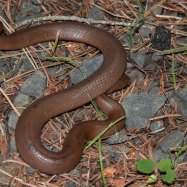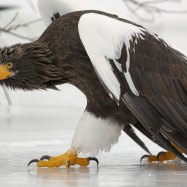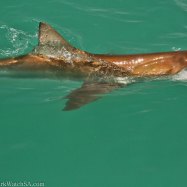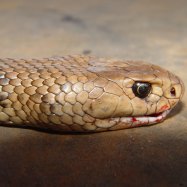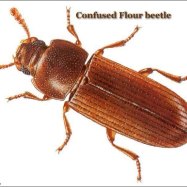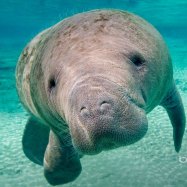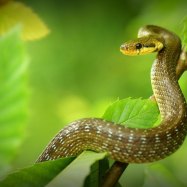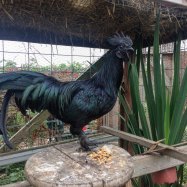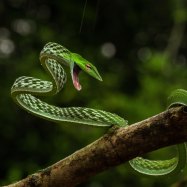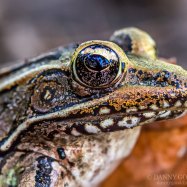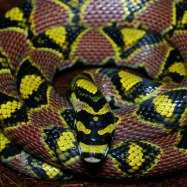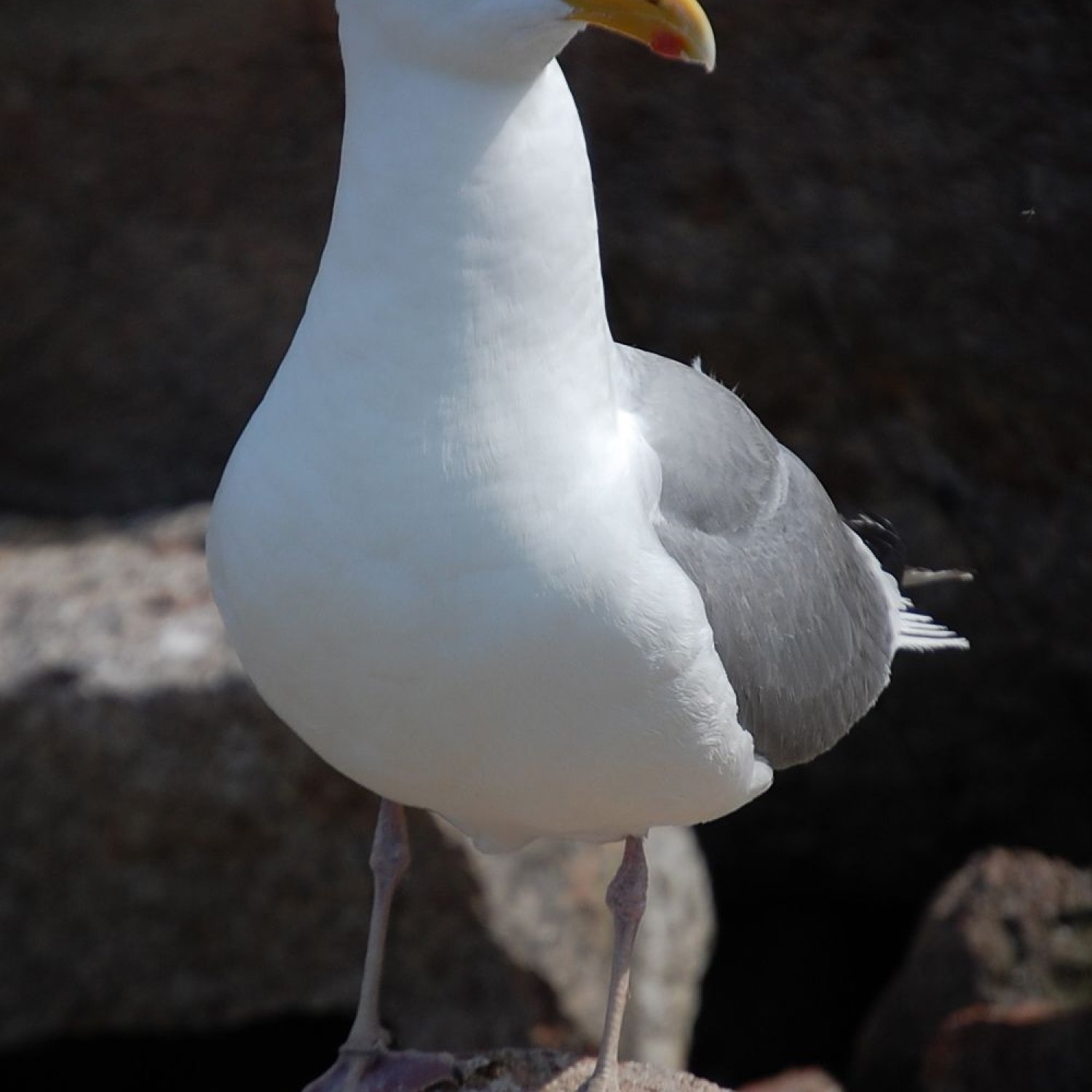
Herring Gull
55-66 cm
The Herring Gull, found in coastal regions, is truly a sight to behold with its large and robust body shape. Ranging from 55 to 66 cm in length, these birds belong to the Laridae family and are famous for their distinctive white and grey feathers. Keep your eyes peeled on your next beach trip to catch a glimpse of these majestic creatures! #HerringGull #CoastalBirds #AnimalFacts
Animal Details Summary:
Common Name: Herring Gull
Kingdom: Animalia
Habitat: Coastal areas, cliffs, and offshore islands
The Majestic Herring Gull: A Master of the Coastlines
The sound of crashing waves against the shoreline. The smell of salty ocean air. The sight of graceful birds gliding effortlessly through the sky. These are all images that come to mind when one thinks of the coast Herring Gull. And among those birds, one stands out in particular - the Herring Gull.Scientifically known as Larus argentatus, the Herring Gull is a species of seagull that belongs to the class Aves, part of the Chordata phylum. With a large and robust body shape, these birds measure between 55-66 cm in length and have a wingspan of up to 1.4 meters. They are easily recognizable by their white and gray feather pattern, which allows them to blend in with the coastal landscape.
A Coastal Dweller
The Herring Gull can be found along the coastal regions of North America, Europe, and Asia, making them a familiar sight to those who live near the sea. However, their main concentration and country of origin is in the United Kingdom, where they can be found in large numbers.
Adaptability is Key
One of the most striking features of the Herring Gull is its ability to adapt to various habitats. While their preferred habitat is coastal areas, they can also be found in a variety of other locations, including cliffs and offshore islands Hepatic Tanager. This has given them an advantage in survival compared to other species of birds, as they are not limited to one specific environment.
A Digestive Omnivore
The Herring Gull is an omnivore, meaning it has a diet that consists of both plant and animal matter. This includes fish, small crustaceans, and mollusks, as well as carrion, insects, and even garbage. They have strong digestive systems that allow them to break down a variety of foods, making them incredibly adaptable when it comes to their diet.
Master of the Skies
One of the most impressive skills of the Herring Gull is its ability to soar through the sky with ease. With their long, pointed wings and strong, streamlined bodies, these birds are designed for long-distance flight. They also have excellent eyesight, which aids them in spotting their prey from above.
An Elegant Species
In addition to their impressive flying abilities, Herring Gulls are also known for their graceful movements on the ground and in the water. Their strong legs and webbed feet enable them to walk and swim with ease, making them efficient hunters.
Family Matters
Herring Gulls belong to the Laridae family, which consists of over 100 species of seabirds. Within their family, they are considered to be the largest gulls, with some weighing up to 1.5 kilograms. They are also highly social animals, commonly living and nesting in large groups called colonies.
A Busy Breeding Season
During the breeding season, which typically occurs in the spring, male Herring Gulls partake in elaborate courtship rituals to attract a mate. Once a pair is formed, they will then work together to build a nest, usually on the ground or on a cliff ledge. Both parents take turns incubating the eggs and caring for the chicks until they are old enough to fend for themselves.
A Threatened Species?
While the Herring Gull may seem like a common and abundant species, they are actually facing a population decline in some areas. Factors such as habitat loss, pollution, and overfishing have all contributed to the decrease in their numbers. In some countries, they are even considered to be a nuisance, with their scavenger behavior leading to conflicts with humans. However, efforts are being made to help protect and preserve this majestic bird species.
Benefits to the Ecosystem
Despite their less-than-favorable reputation, Herring Gulls play an important role in their ecosystem. As scavengers, they help to clean up the coastlines, keeping them free of dead animals and decomposing matter. They also act as indicators of the health of coastal ecosystems, as any changes in their population can signal potential issues with the environment.
A Sense of Serenity
For many, the presence of seagulls at the beach can bring a sense of peacefulness and serenity. There is just something calming about watching these creatures float in the sky or hearing their distinctive calls as they fly overhead. They are a reminder of the natural world and the beauty that can be found in even the most ordinary of places.
In Conclusion
The Herring Gull may not be the most exotic or rare animal, but it is certainly a fascinating species that deserves recognition. From their adaptability and impressive flying skills to their social nature and importance in the ecosystem, these birds are much more than just a common seagull. So next time you're at the coast, take a moment to appreciate the beauty and wonder of the Herring Gull - a true master of the coastlines.

Herring Gull
Animal Details Herring Gull - Scientific Name: Larus argentatus
- Category: Animals H
- Scientific Name: Larus argentatus
- Common Name: Herring Gull
- Kingdom: Animalia
- Phylum: Chordata
- Class: Aves
- Order: Charadriiformes
- Family: Laridae
- Habitat: Coastal areas, cliffs, and offshore islands
- Feeding Method: Omnivorous
- Geographical Distribution: North America, Europe, Asia
- Country of Origin: United Kingdom
- Location: Coastal regions
- Animal Coloration: White, gray
- Body Shape: Large and robust
- Length: 55-66 cm
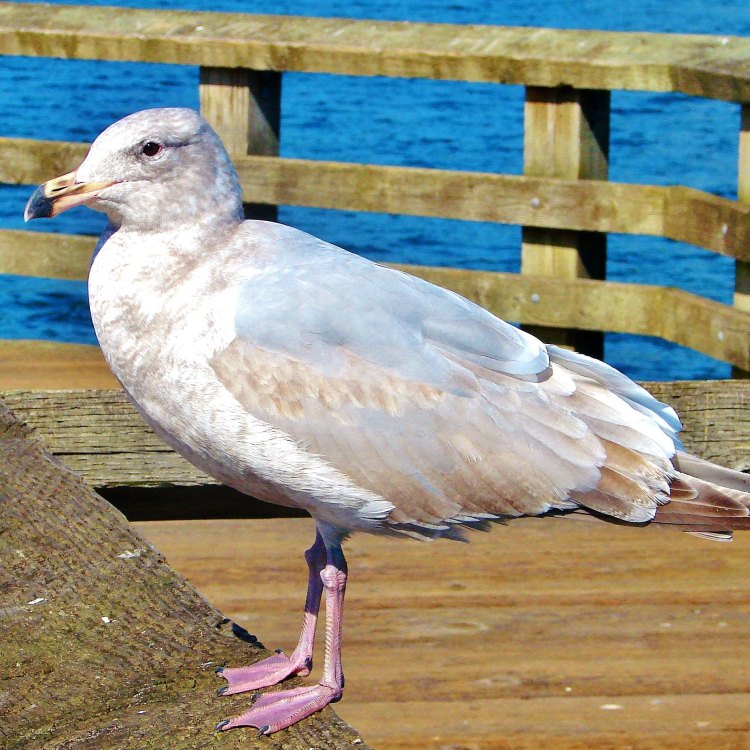
Herring Gull
- Adult Size: Large
- Average Lifespan: 12-25 years
- Reproduction: Monogamous
- Reproductive Behavior: Colonial
- Sound or Call: Loud and distinctive call
- Migration Pattern: Migratory
- Social Groups: Colonies
- Behavior: Aggressive when defending territory
- Threats: Habitat loss, pollution, hunting
- Conservation Status: Least Concern
- Impact on Ecosystem: Scavenges on food waste, helps control population of other species
- Human Use: Food source, tourism
- Distinctive Features: Yellow bill with red spot, white head and body
- Interesting Facts: Can drink saltwater and excrete excess salt through special glands
- Predator: Large birds, mammals
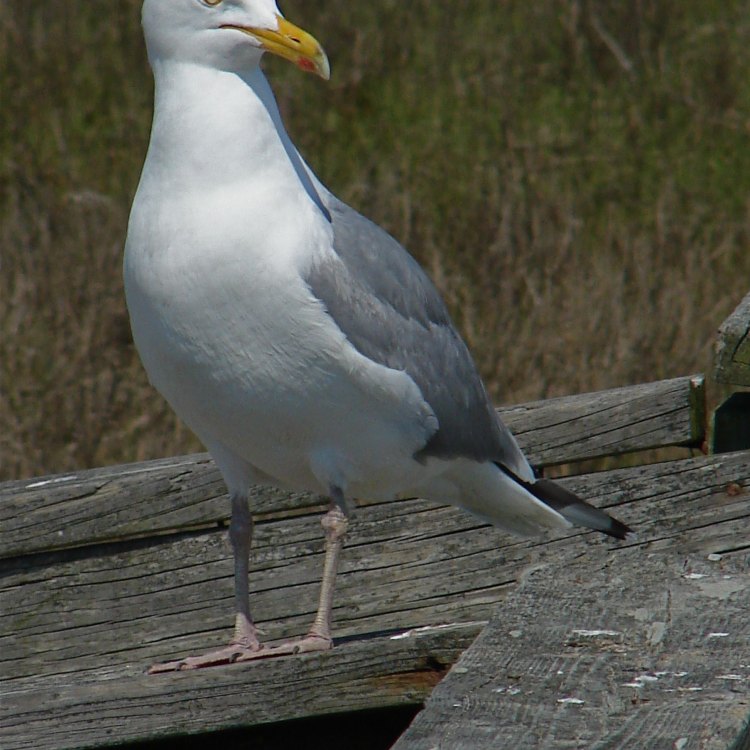
Larus argentatus
The Amazing World of the Herring Gull: An Unsung Hero of the Ecosystem
Nestled by the majestic coastlines, the Herring Gull stands tall and proud as one of the most iconic and recognizable seabirds in the world. Boasting a striking appearance and impressive physical abilities, the Herring Gull is often overlooked and underappreciated for its significant role in the ecosystem. In this article, we delve into the fascinating world of the Herring Gull and uncover its unique features, behavior, and impact on the environment.The Basics: Adult Size and Average Lifespan
The Herring Gull, also known by its scientific name Larus argentatus, is a large bird with a wingspan of up to 5 feet and a weight of around 4 pounds PeaceOfAnimals.Com. Its size and strong wings make it a formidable avian predator, with the ability to fly long distances and dive into the water at high speeds to catch its prey.In the wild, Herring Gulls have an average lifespan of 12 to 25 years. This may seem relatively short compared to other bird species, but these birds can survive for decades in the wild. However, they face numerous threats that significantly impact their longevity, which we will discuss in more detail later in the article.
Reproduction: A Tale of Monogamy and Colonial Behavior
Herring Gulls have a unique reproductive behavior that has been observed for generations. They are monogamous birds, meaning they form a pair bond with one partner for life. This bond is reinforced through a series of intricate courtship rituals, such as aerial displays and vocalizations, to attract and retain their desired mate.Once the pair bond is established, the Herring Gulls will engage in colonial behavior, where they gather in large groups or "colonies" to nest and raise their young. This behavior offers several advantages, including protection against predators and a better chance of finding food Hare. Additionally, it allows for more efficient communication and the transfer of valuable information among the group.
The Signature Call of the Herring Gull
One of the most distinctive features of the Herring Gull is its loud and distinctive call. Its call, often described as a "laughing" or "cackling" sound, echoes across the shore and is synonymous with coastal areas. It serves as a form of communication between individuals within the colony and is also used as a warning call to signal potential danger.The Herring Gull's Impressive Migration Pattern
Herring Gulls are migratory birds, meaning they have a seasonal migration pattern to search for food and breeding grounds. During the colder months, they migrate to more temperate regions, while in the summer, they return to their breeding colonies.Their migration patterns may cover thousands of miles each year, with some populations traveling from the Arctic to the coastlines of Europe and North America. The ability to travel such long distances is a testament to the Herring Gulls' physical capabilities and adaptability to changing environments.
Social Groups: Colonial Life and Aggressive Behavior
As mentioned earlier, Herring Gulls have a colonial lifestyle, where they gather in large groups to breed and raise their young. Within these colonies, social hierarchies are established, and dominance is asserted through aggressive behaviors.Herring Gulls are known to be territorial and will aggressively defend their nesting sites and surrounding areas from potential intruders. This behavior is particularly prominent during the breeding season, where competition for resources and mates is high. It is not uncommon to see these birds swooping and dive-bombing to protect their territory.
Threats to the Herring Gull's Survival
While Herring Gulls may seem like a formidable species, they face numerous threats to their survival. One of the biggest threats comes from habitat loss, as coastal areas are developed for human use, leaving fewer places for these birds to nest and raise their young.Pollution is also a significant threat to the Herring Gull, as it can impact the availability of food sources and negatively affect their health. Ingesting plastic and other harmful substances can cause serious health issues and even death for these birds.
In some parts of the world, hunting and egg collection continue to pose a threat to Herring Gulls, although international regulations have been put in place to protect them. Nonetheless, illegal activities and poaching still occur, adding to the challenges these birds face.
Conservation Status: Least Concern, Yet Still At Risk
Despite the numerous threats they face, the Herring Gull is currently listed as "least concern" on the International Union for Conservation of Nature (IUCN) Red List of Threatened Species. This status indicates that their population is currently stable and not at immediate risk of extinction.However, this does not mean that Herring Gulls are out of danger. As mentioned earlier, their populations have declined in certain regions, and constant monitoring and conservation efforts are necessary to ensure their continued survival.
Impact on Ecosystem: Scavengers and Natural Pest Control
While the Herring Gull may not be the most popular bird, it plays an essential role in maintaining the balance of the ecosystem. These birds are scavengers, meaning they feed on dead animals and waste found on beaches and coastlines. In doing so, they help to clean up and prevent the spread of disease.Additionally, as predators, Herring Gulls also play a vital role in controlling the populations of other species. By targeting fish, insects, and rodents, they help to keep these populations in check and prevent them from becoming overabundant.
Human Use and Interaction with Herring Gulls
Humans have a complex relationship with Herring Gulls. On the one hand, these birds are valued for their aesthetic beauty and recognized as an important part of the coastal ecosystem. On the other hand, they are often seen as pests by fishermen and property owners, as they can cause damage and nuisance through their aggressive behaviors and scavenging tendencies.In certain areas, Herring Gulls are also commonly hunted for their meat and eggs. However, regulations and conservation efforts have limited their hunting in most regions, and they are not considered a significant food source like other seabirds.
Tourism also plays a role in human interaction with Herring Gulls, as many people flock to the coastlines to see these iconic birds in their natural habitat. While this can contribute to their conservation by raising awareness and appreciation, it can also have negative impacts if visitors do not respect their natural behaviors and habitats.
Distinctive Features: The Yellow Bill with a Red Spot and More
The Herring Gull is instantly recognizable by its distinctive features. It has a white head and body, with grey wings and back. Its most prominent feature is its bright yellow bill, with a distinctive red spot near the tip. This coloration is more prominent in adults, while young gulls have a darker bill and lack the red spot.Apart from their striking appearance, Herring Gulls also have some unique physical abilities. They have specialized salt glands that allow them to drink saltwater and excrete excess salt, making it possible for them to live by the coast. This ability is crucial when food and fresh water sources are scarce.
The Herring Gull's Natural Predators
Despite their impressive size and aggressive behavior, Herring Gulls have some natural predators that pose a threat to their survival. Large birds of prey, such as eagles and hawks, can prey on gulls, particularly young and inexperienced individuals.Mammals such as foxes and raccoons also pose a threat to nesting Herring Gulls, as they can easily access their eggs and young.
Interesting Facts: More Than Meets the Eye
Beyond their physical appearance and behavior, Herring Gulls also have some interesting facts that may surprise you. For example, did you know that they have been observed sleeping while flying? This unique trait allows them to rest and stay alert while on long migration journeys.Another noteworthy fact about Herring Gulls is their diet. While they are primarily known for feeding on fish and other marine creatures, they are opportunistic eaters and will also scavenge for food waste, making them important players in waste management.
The Unsung Hero of the Ecosystem
In conclusion, the Herring Gull may be a familiar sight in coastal areas, but its role in the ecosystem often goes unnoticed and unappreciated. From scavenging to controlling populations of other species, these birds play a crucial role in maintaining the balance of the ecosystem. However, the threats they face cannot be ignored, and it is up to us to ensure their continued existence and appreciate their unique qualities and contributions. So, the next time you see a Herring Gull, take a moment to marvel at its beauty and remember the unsung hero it is in the amazing world of nature.
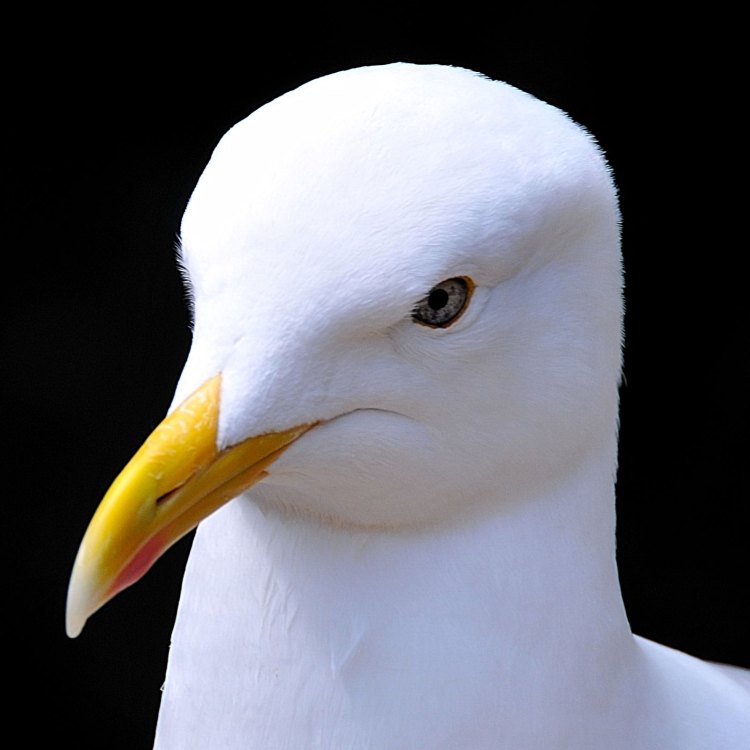
The Majestic Herring Gull: A Master of the Coastlines
Disclaimer: The content provided is for informational purposes only. We cannot guarantee the accuracy of the information on this page 100%. All information provided here may change without prior notice.


